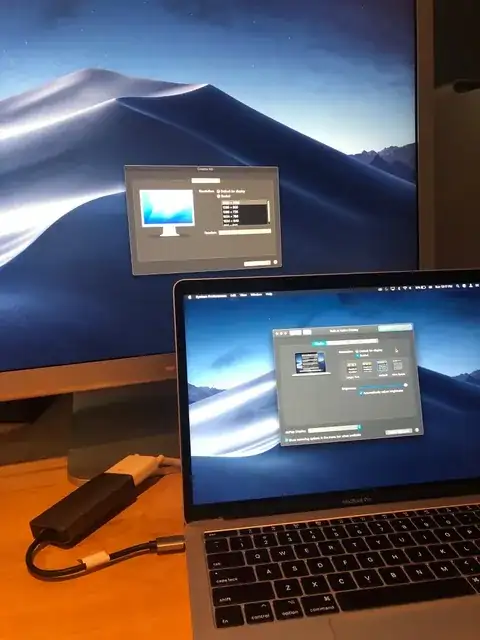The Apple Cinema Display uses a DVI-Dual Link interface which is becoming very long in the tooth so adapters are going to be few and far between. It wasn't a widely accepted standard so even when it was current, adapters were already difficult and expensive to source.
What you need to get connected is to go from USB-C DisplayPort to Dual Link DVI. This will require two adapters:
You have to do this multi-step connection because USB-C to DL-DVI adapters are impossible to find. The good news is that the USB-C port on MacBooks have the native DisplayPort signal so you aren't really converting anything - just the physical interface.
The active DisplayPort to DL-DVI is required because DP and DL-DVI are two completely different signals; a passive rearrangement of signal wires don't work here. The active adapter "recreates" the signal being sent to the Cinema Display.
(IMO) I wouldn't spend the money on this solution to get a Cinema Display working on a new MacBook. The tech, while still good is obsolete and the active adapter isn't cheap. I would sell the monitor to someone with an older Mac that can support this type of display and use the money you would've spent on the adapter with the proceeds from the sale of the Cinema Display on a shiny, brand new monitor (like a 4K or 5K).
